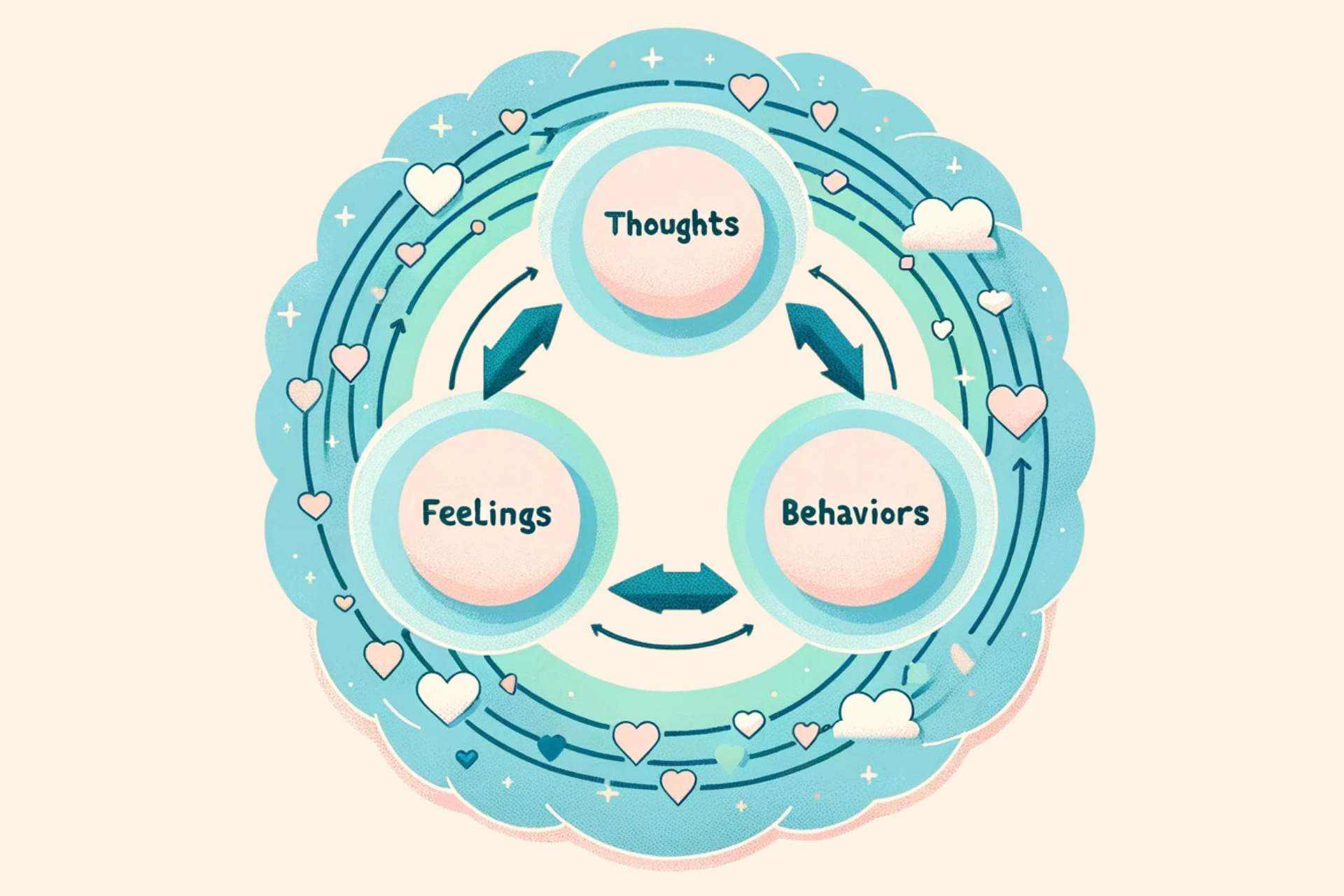
Our thoughts are a constant dialogue within us, shaping our perception of the world and ourselves. Sometimes, this dialogue can be critical, negative, or self-defeating, leading to emotional distress and behavioral issues. Recognizing that you can control and change these thought patterns is the first step toward empowerment.
Our thoughts are powerful: they shape our perceptions, influence our emotions, and dictate our actions. However, not all thoughts serve us well. Negative thought patterns can lead to a cascade of adverse effects on our mental health, contributing to anxiety, depression, and other emotional challenges. Recognizing that you have the power to change these thought patterns is the first step toward mental wellness and empowerment.
Understanding Cognitive Behavioral Techniques
Cognitive Behavioral Techniques (CBT) is a type of psychotherapy that has become a fundamental tool in the psychological treatment for depression, anxiety, Obsessive compulsive disorders, Post-traumatic stress disorder, sleeping issues among other. The decision to change your thought patterns is a powerful act of self-care. It involves acknowledging that while you might not control external events, you have the power to control how you interpret and react to them. This realization is empowering and is the foundation of CBT.
Embracing CBT techniques to control your thoughts is not just about combating negative thinking; it’s about empowering yourself to lead a happier, healthier life. By learning to manage your thoughts, you can face life’s challenges with resilience and optimism.
CBT is grounded in the understanding that our thoughts, feelings, and behaviors are interconnected. By changing negative thought patterns, we can alter how we feel and how we act, even in challenging situations.

Deciding to Change
The first step is deciding that you want to change these thought patterns. Acknowledging that some of your current ways of thinking might be unhelpful or harmful is critical. It’s about committing to a journey of self-improvement and mental wellness.
Identifying Negative Thoughts
Start by becoming more aware of your thoughts. Keep a journal to note down negative thoughts as they occur. You’ll begin to notice patterns and triggers for these thoughts, which is the first step in understanding how to change them.
Challenging These Thoughts
Once you’ve identified negative thoughts, it’s time to challenge them. Ask yourself:
- Is there evidence that supports this thought?
- Is there evidence that contradicts this thought?
- What would I tell a friend who had this thought?
- Is there a more positive or realistic way of looking at the situation?
This process helps in providing a more balanced perspective.
Reframe Thoughts: After challenging negative thoughts, try to reframe them in a more positive or realistic light. For example, instead of thinking, “I’ll never be good at this,” you might reframe it to, “I may struggle at first, but with practice, I can improve.”
Practice Mindfulness: Mindfulness teaches us to observe our thoughts without judgment. Through mindfulness, you can learn to notice when you’re slipping into negative thought patterns and gently guide your mind back to the present moment.
Replacing Negative Thoughts
After challenging your negative thoughts, the next step is to replace them with more positive or realistic ones. This doesn’t mean you ignore your problems but rather approach them from a more constructive perspective. For example, instead of thinking, “I’ll never be good at this,” you could think, “I’m going to find a way to improve my skills in this area.”
Use Positive Affirmations: Regularly using positive affirmations can help in reinforcing positive thought patterns. Choose affirmations that resonate with you and repeat them daily.
Practice and Patience
Changing thought patterns takes time and practice. It’s not about perfection but progress. Regularly practicing these CBT techniques can help make this thought control process more automatic.
Conclusion
Deciding to change your thought patterns is a powerful step toward taking control of your mental health. By applying cognitive behavioral techniques, you’re not just managing symptoms; you’re harnessing a superpower that lies within you. Remember, you have the ability to control your thoughts, and by doing so, you can significantly improve your emotional and psychological well-being.
As you embark on this journey, consider working with a mental health professional who can guide you through the process and provide support along the way. Remember, controlling your thoughts is not just about combating negativity; it’s about embracing a fuller, more balanced perspective on life.
At Florida Counseling for All, we are dedicated to assisting our clients in living lives filled with greater peace, balance, purpose, and fulfillment. Our team of specialized clinicians is here to support your journey towards enhanced well-being, using evidence-based techniques and a compassionate approach.
If you or someone you know is struggling with anxiety, depression, stress and relationship challenges, or any other mental health concern, don’t hesitate to reach out. Schedule a complimentary call with us to explore our services and find the support you need.



